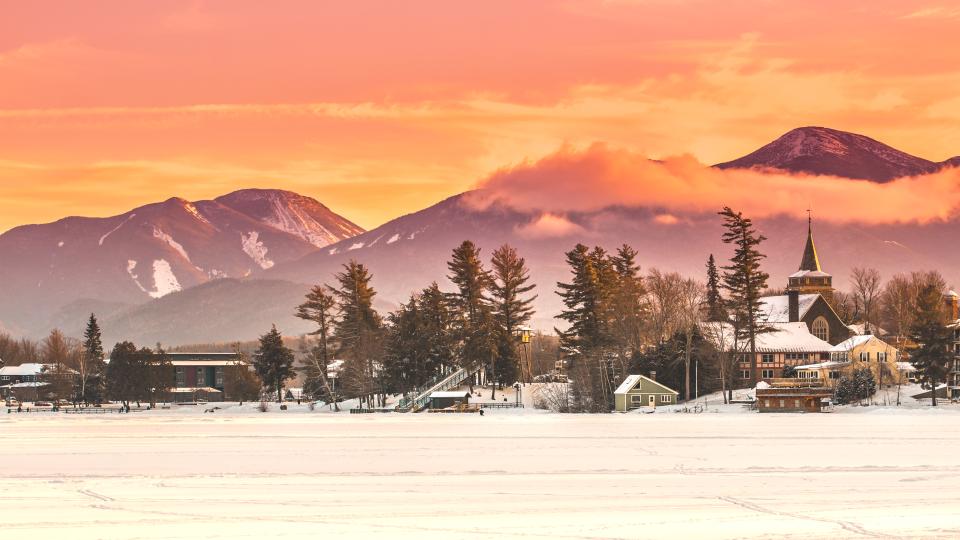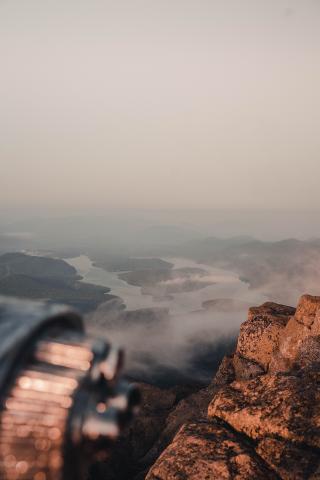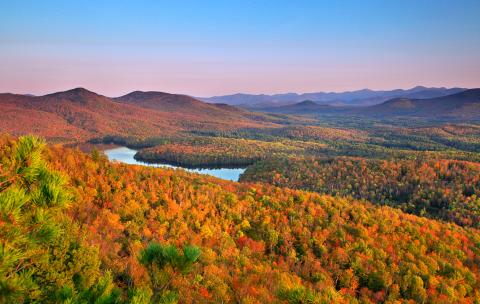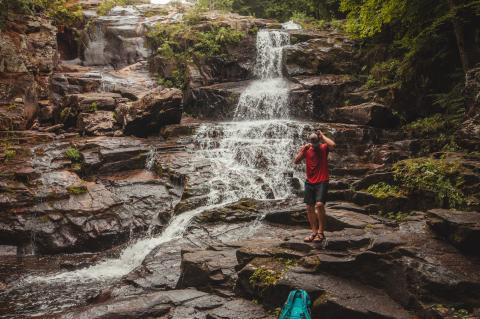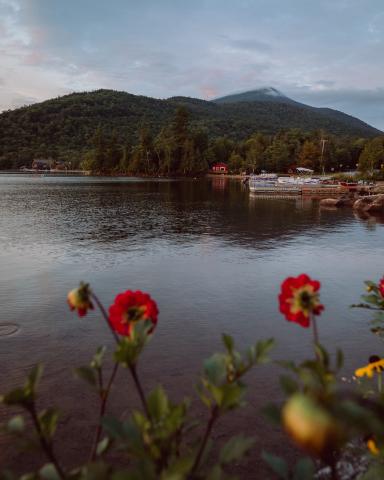The Adirondack Park Forest Preserve
Verplanck Colvin, a lawyer, author, illustrator and topographical engineer, was the original surveyor of the Adirondack Park. Through his early work and appreciation of the Adirondack Mountains - he helped raise awareness for the need to create a Forest Preserve and ultimately, the Adirondack Park.
Colvin got his start at his father's law office in Albany, specializing in real estate law and gaining practical surveying experience. Colvin spent several years around the 1860s exploring in the Adirondacks and by 1869, he decided to do a geological survey of the region.
One year later, Colvin recorded his ascent of Seward Mountain - where he witnessed the widespread devastation of the logging industry - and presented his observations to the Albany Institute. This caught the ears of several NYS officials and was printed in the annual report of the New York State Museum of Natural History. In his report, Colvin argued that clear-cutting would lead to reduced water flow in the state's canals and rivers - main thoroughfares of commerce for New York City and beyond.
In 1872, Colvin applied for a stipend from New York State to cover the costs of a survey, and was presented with a budget of $1,000, and named to the newly created post of Superintendent of the Adirondack Survey. Over the next year, Colvin and his crews discovered Lake Tear of the Clouds - the source of the Hudson River, and many more Adirondack peaks. Through his work in the Adirondacks, Colvin was able to demonstrate the need for conservation of the state's wild spaces. Eventually, Colvin was appointed Superintendent of the New York State Land Survey, where his work led to the creation of the Adirondack Park Forest Preserve.
